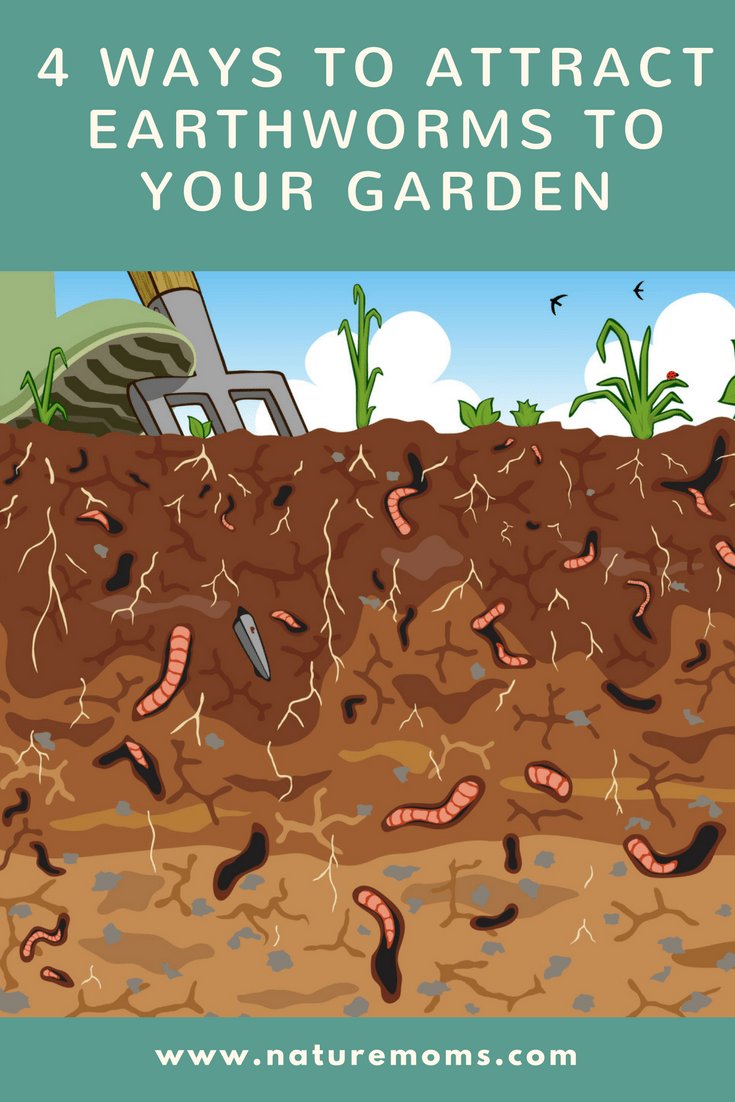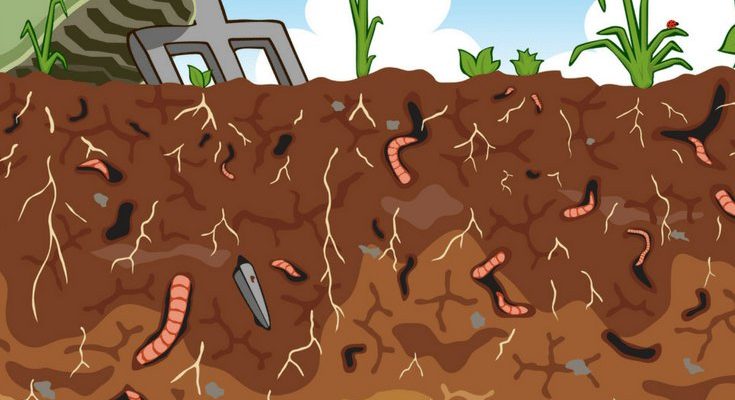
When you’re composting, having a thriving worm population is like having a secret ingredient in your garden recipe. These guys help aerate the compost, speed up decomposition, and provide a boost of nutrients that’s hard to beat. Attracting them isn’t just about throwing some scraps into a bin; it’s about creating a cozy environment where they feel at home. So grab your coffee, and let’s explore the ins and outs of welcoming earthworms to your compost bin!
Understanding Earthworms and Their Benefits
To really appreciate why we want earthworms in our compost, we first need to understand what they do. Earthworms play a crucial role in breaking down organic matter. They consume decaying leaves, vegetable scraps, and even some garden soil. As they munch through this material, they digest it and excrete it as worm castings—nutrient-rich fertilizer that plants thrive on.
You might be wondering, “What’s in it for the worms?” Well, they also benefit from the warmth and moisture in your compost bin. It’s like a cozy apartment for them. The more you understand their needs and habits, the better you can create an inviting environment for them.
Moreover, earthworms help aerate the soil. Their burrowing creates channels that allow air and water to flow through. This means healthier soil structure, which is vital for strong root systems. In short, keeping earthworms happy can significantly enhance your composting game and, ultimately, your garden’s success.
Creating the Perfect Compost Bin Environment
So, how do you create a worm-friendly environment? First, let’s talk about moisture. Earthworms need a damp environment to thrive, but not too soggy. Imagine a wrung-out sponge—this is the perfect moisture level. If your compost is too dry, feel free to add some water. If it’s too wet, turn it and let it air out a bit.
Next, consider the temperature. Earthworms like it cool, typically between 55°F and 77°F (13°C to 25°C). If your compost bin is sitting in the blazing sun, it might get too hot for them. Try to find a shaded spot or wrap your bin with a breathable cover during extreme weather.
Lastly, the mix of materials matters. A balanced compost pile should include a variety of greens (like kitchen scraps) and browns (like dried leaves). Too much of one or the other can create an unbalanced environment. Think of it as a balanced diet—variety is key!
Feeding Earthworms: What to Add
Just like you’d want a tasty meal, earthworms love certain foods too. They thrive on organic materials, including fruit and vegetable scraps, coffee grounds, crushed eggshells, and even paper products (like shredded newspaper). Here’s a quick list of favorites:
- Fruit and veggie scraps
- Coffee grounds
- Tea bags (remove any staples)
- Shredded newspaper or cardboard
- Crushed eggshells
It’s essential to avoid adding meat, dairy, or oily foods, as these can attract pests and create an unpleasant smell. So, keep the menu simple and organic!
You might also wonder how to introduce food to your compost bin effectively. It’s best to bury the scraps within the compost pile. This not only keeps things tidy but also helps control odors and reduces the risk of attracting unwanted critters.
How to Introduce Earthworms to Your Compost Bin
If you want to jump-start the process, you can introduce earthworms directly to your compost bin. But not just any worms will do. You’ll want to look for red wigglers (Eisenia fetida), as they’re the best composting worms. You can find them at garden centers or online.
When you’re ready to add them, simply sprinkle the worms on top of your compost. They’ll naturally burrow down into the material, seeking out their new home. Just remember, when transplanting them, handle them gently—after all, they’re living beings!
Also, consider adding a bit of bedding material like shredded newspaper or cardboard. This gives them a comfortable space to settle in while they acclimatize to their new habitat.
Maintaining a Healthy Worm Population
Once you’ve got earthworms in your compost bin, you’ll want to keep them healthy and happy. Regularly check the moisture level, and make sure you’re adding enough food without overloading them. If the bin starts to smell, it’s a sign that it might be too wet or unbalanced.
Also, turning your compost every few weeks helps aerate the materials and encourages the worms to move through the pile. They’ll appreciate the fresh air and will get to work breaking everything down more efficiently.
If you notice that your worm population isn’t thriving, it could be a sign that something’s off—maybe it’s too hot, too dry, or there’s not enough food. Paying attention to their needs is key for a successful composting experience.
Companion Plants to Enhance Worm Attraction
Did you know that certain plants can help attract earthworms? Think of these companions as the party invites for your worm friends. Plants like clover, vetch, and hairy vetch are excellent options. They not only improve soil structure but also provide habitat and food for worms.
Planting these cover crops around your compost bin can create a friendly ecosystem, drawing in more worms over time. Plus, they help prevent soil erosion, keep nutrients in check, and add organic matter to your compost. It’s a win-win for your garden!
Common Troubleshooting Tips
Even with the best intentions, you might face some challenges along the way. Here are a few common issues and how to solve them:
1. **Too moist or too dry**: Adjust the moisture levels as needed. If it’s too wet, turn the compost and let it air out. If it’s too dry, add a bit of water gradually.
2. **Unpleasant odors**: This usually indicates an unbalanced compost. Check your food mix. If you’ve added too many greens, balance it out with some browns like shredded leaves or cardboard.
3. **Pest problems**: If you notice pests, it might be that food scraps are left out too long. Bury the scraps well, and avoid using meat or dairy in your compost.
Enjoying the Benefits of a Worm-Friendly Compost Bin
Attracting earthworms to your compost bin isn’t just about having a happy ecosystem—it’s about creating a thriving garden that yields healthy plants and bountiful harvests. By providing the right environment, feeding them properly, and maintaining their habitat, you’re setting yourself up for a successful composting journey.
Remember, patience is key! It takes time for earthworms to establish themselves and start making a difference. But once they do, you’ll see the fruits of your labor—literally! So let those worms wiggle their way into your compost bin, and watch as they work their magic.
Happy Composting!

